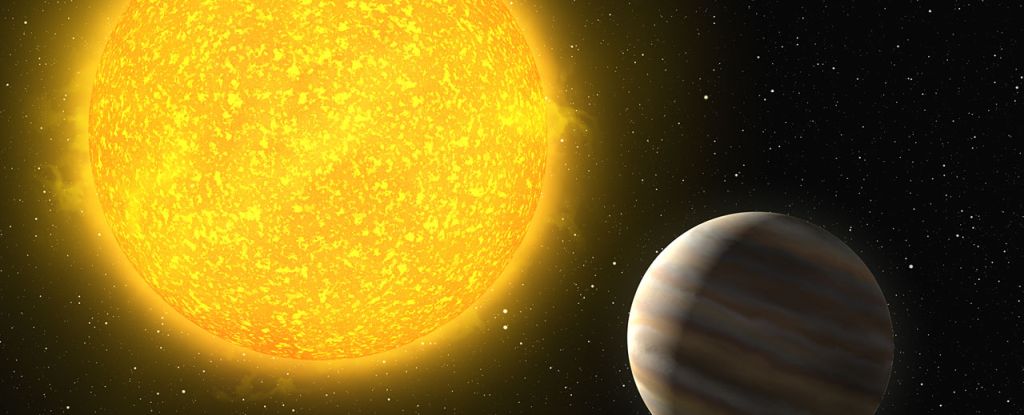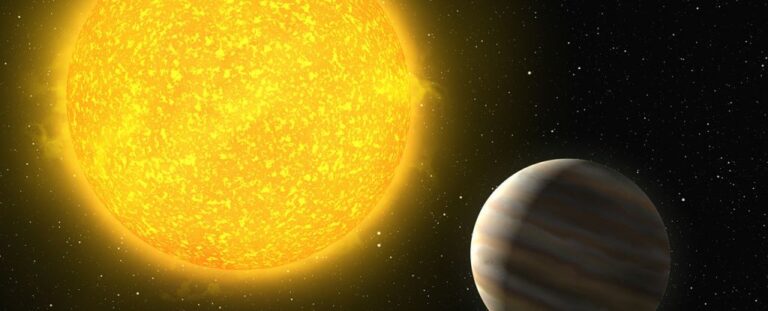A sun-like star has been discovered with planets orbiting it that bear striking resemblance to Jupiter and Neptune.
Discovering life on other planets may require more than just a warm, wet environment with complex chemical compounds. It may also depend on finding the right kind of planetary system. Recently, astronomers have found two gas giants orbiting a Sun-like star, HIP 104045, which is only 175 light-years away. One of the gas giants is about half the mass of Jupiter and has an orbit of 6.3 years, while the other is 2.5 times the mass of Neptune and has an orbit of 316 days. The discovery has shed light on the various planetary systems that can orbit Sun-like stars, which may help in the search for a second Earth.

While Earth is the only known planet with a biosphere, it exists as part of a planetary system with seven other planets, asteroids, and the Sun. Recent studies suggest that the architecture of a planetary system is vital for a planet’s habitability. For instance, the presence of asteroids and comets that can bring certain ingredients to a planet is crucial, and Jupiter plays a significant role in protecting the inner Solar System from constant bombardment by small rocks.
Interestingly, Jupiter analogues appear to form preferentially around stars with metallicities close to that of the Sun, and potentially habitable low-mass planets could be common around stars that host a cold Jupiter. Thus, searching for Jupiter-like planets could pave the way for finding Earth-like planets around Sun-like stars.
Astronomers have been using the High Accuracy Radial velocity Planet Searcher (HARPS) at the European Southern Observatory’s La Silla 3.6-meter telescope in the Chilean Atacama Desert since 2014 to search for planets around stars similar to the Sun. HIP 104045, with similar metal content, age, mass, radius, and luminosity as the Sun, is a near-perfect match.
The discovery of two exoplanets orbiting HIP 104045 – a Jupiter analogue and a super-Neptune – has provided more insight into how planetary systems can form around Sun-like stars. While the super-Neptune is unlikely to be a terrestrial world like Earth, it is within the optimistic habitable zone where habitable temperatures are possible. However, the planet does not pass between us and its star, making it difficult to analyze its atmosphere for biosignatures.
The presence of the super-Neptune and the Jupiter analogue suggests that our Solar System may be atypical, and similar systems to ours may occur around only 1% of Sun-like stars. Nonetheless, with billions of stars in the universe, astronomers will continue to search for other planetary systems that could support life.
The team’s research has been submitted to the Monthly Notices of the Royal Astronomical Society, and is available on arXiv.
Do not forget to share your opinion with us to provide you with the best posts !





Oh my goodness! Awesome article dude! Thank you, However I am going through issues
with your RSS. I don’t know why I cannot subscribe to it.
Is there anybody having identical RSS issues? Anybody who knows the answer will you kindly respond?
Thanx!!
Awesome article.